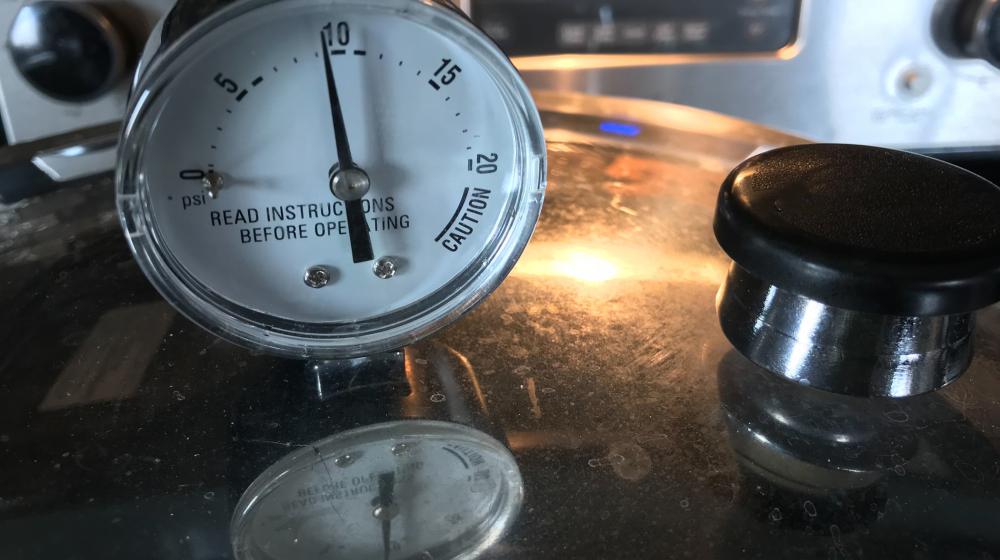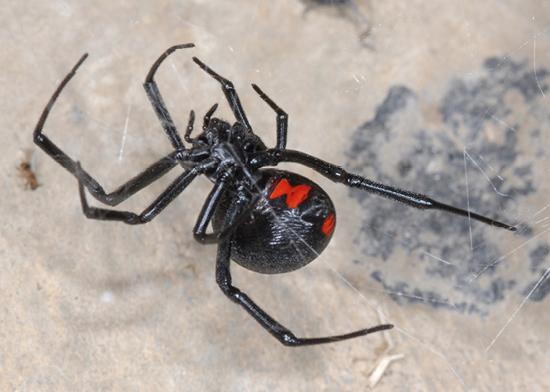Home Canning Q&A

Some foods must be canned using a pressure canner to kill bacteria that can cause foodborne illness.
Home canning is an economical way to preserve the bounty of your garden. To make sure your canned items are safe to eat, you should use research-tested methods and equipment to preserve your food.
Extension recommends using methods and recipes tested by the National Center for Home Food Preservation to reduce microorganisms that can cause foodborne illnesses. Housed at the University of Georgia, the center uses the research-backed data supported by and gathered from USDA testing.
Here are a few questions and answers that may help you, whether you’re new to canning or you’ve been canning for years:
Do I use a water bath canner or a pressure canner? Does it matter?
Yes, it matters! The acidity of food determines whether it can be safely canned at 212°F (in a boiling water bath) or must be heated to 240°F (in a pressure canner). High acidity prevents the growth of Colstridium botulinum, a bacterium that produces a deadly toxin in vacuum-sealed products. Even if Colstridium botulinum spores (bacteria “seeds” that are not easily killed by heat) are present in canned high-acid foods, they cannot grow because of the acidity. In low-acid foods, such as vegetables, all spores must be killed by processing at 240°F because there is not enough acidity to prevent their growing during storage.
Should I worry about a pressure canner exploding?
There is no reason to worry if you know what you are doing and follow the instructions. Pressure canners have safety devices to keep them from “blowing up.” But it is up to you to take care of the pressure canner to make sure it works correctly. There are two types of safety features. One is a rubber safety plug. If the pressure gets above 20 pounds in the pressure canner, the safety plug will pop out. The steam can then escape. When the steam escapes, the pressure inside the canner drops and will fall back to zero. It will then be safe to open. The other safety device is a metal safety plug. It is made of metal alloy that melts when the temperature gets too hot in the pressure canner. When the alloy melts, steam can escape, and the pressure drops. Before using the pressure canner, read the directions carefully. Follow the manufacturer’s directions.
How much should I can?
Canned vegetables are best if used within a year. They will keep longer, but quality and nutritive value decline gradually. You should consider also how frequently your family will enjoy a certain vegetable. If they like green beans, for example, and would enjoy them once a week, you can plan on 52 jars of green beans.
Can I use any vinegar for pickling?
No. Vinegar should be a high-grade cider or white-distilled type of 4 to 6 percent acidity (40 to 60 grain). Do not use vinegars of unknown acidity. Cider vinegar, with its mellow acid taste, gives a nice blending of flavors but may darken white or light-colored fruits and vegetables. White distilled vinegar has a sharp, pungent, acetic acid taste and is desirable when light color is important, as with pickled pears, onions, and cauliflower. Do not dilute the vinegar unless the recipe so specifies. To get a less-sour product, add sugar rather than decrease vinegar.
Do pickles need to be heat processed?
Heat processing is recommended for all pickle products. Pickle products require heat treatment to destroy organisms that cause spoilage and to kill enzymes that may affect flavor, color, and texture. Adequate heating is best achieved by processing the filled jars in a boiling water bath. There is always danger of spoilage organisms entering the food when it is transferred from kettle to jar.
For more in-depth information about canning, download our Extension Publication 1152, “The Complete Guide to Home Canning” or visit the National Center for Home Food Preservation website.
Other Extension Publications on canning that you may find helpful include:
“Canning Vegetables: 4-H Food Preservation Project Unit 4”
“Canning Fruits & Tomatoes: 4-H Food Preservation Project Unit 3”
“Freezing Vegetables: 4-H Food Preservation Project Unit 2”
If you are new to canning, our previous blog post can help you get started.
Subscribe to Extension for Real Life
Fill in the information below to receive a weekly update of our blog posts.









